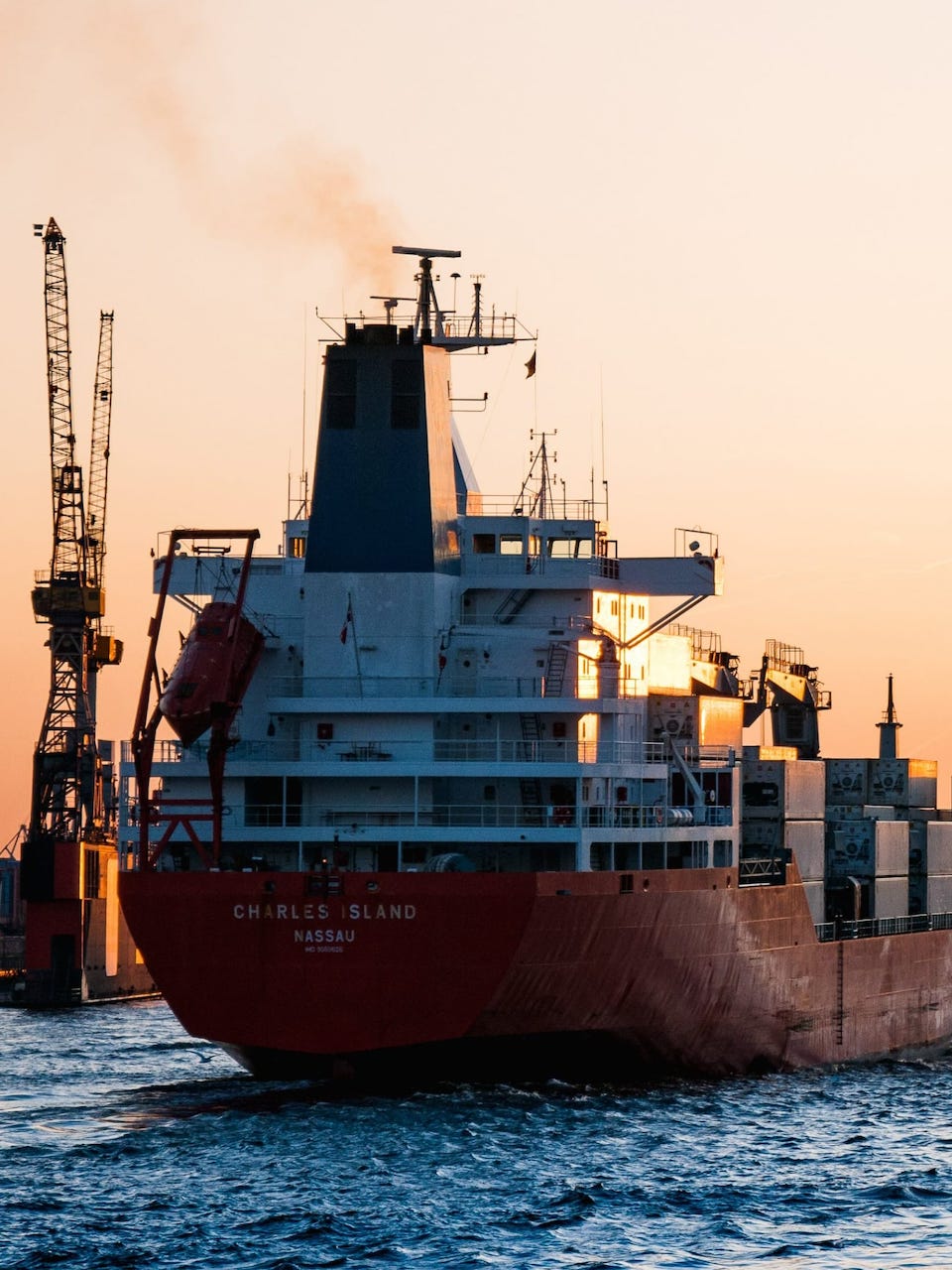CONCEPT

ENGIMMONIA tackles IMO challenges targeting decarbonization by proving the capabilities and the key role of ammonia as the most promising clean fuel for the future of the shipping sector, demonstrating clean energy solutions for on-board electricity and HVAC, fostering replicability at business, regulatory, policy and naval classification
Pillar 1
Development of Ammonia Engine with low GWP

The role of the diesel engine in the coming sustainable energy economy will be determined by its ability to co- evolve with climate-friendly fuels like ammonia, LNG, LPG, etc.
ENGIMMONIA aims at promoting ammonia as the cleanest and most promising fuel for the shipping sector by testing, validating, and implementing an ammonia dual-fuel engine concept on a standard marine engine platform, with minimum changes to the base design. To prove the Ammonia Engines decarbonization potential and guarantee ultra-low GHG emissions profile, an innovative dedicated exhaust after-treatment system (EATS) is developed and validated at TRL5-6. The groundwork in ENGIMMONIA towards handling N2O
in an EATS will fasten the availability of a commercial product.


Pillar 2
Clean Energy technologies integrated onboard

ENGIMMONIA effectively demonstrates the integration in the ship environment of clean energy solutions for on- board electricity and HVAC supply reducing the electric load and fuel consumption of the gensets contributing to the further decarbonization of the non-propulsion energy (e.g. accommodation/ services). Specifically, Waste Heat Recovery Solutions for power and space cooling production (i.e. Organic Rankine Cycle and adsorption chiller), easy-to-integrate in structural parts Photovoltaic PV-Surfaces, and dedicated on-board energy management and optimization strategy are developed and demonstrated at TRL7 on three different types of vessels.
Pillar 2
Clean Energy technologies integrated onboard

ENGIMMONIA effectively demonstrates the integration in the ship environment of clean energy solutions for on- board electricity and HVAC supply reducing the electric load and fuel consumption of the gensets contributing to the further decarbonization of the non-propulsion energy (e.g. accommodation/ services). Specifically, Waste Heat Recovery Solutions for power and space cooling production (i.e. Organic Rankine Cycle and adsorption chiller), easy-to-integrate in structural parts Photovoltaic PV-Surfaces, and dedicated on-board energy management and optimization strategy are developed and demonstrated at TRL7 on three different types of vessels.

Pillar 3
Technology replication at the regulatory and business level

Currently, no rules and regulations are addressing the use of ammonia on-board ships while ammonia as fluid to be transported/tanked is already considered in International Regulation. To implement the ENGIMMONIA concept
and foster its replicability at the business, regulatory, policy, and naval classification level, interacting with on-going international initiatives (IMO, EMSA, IACS,
etc.), ENGIMMONIA acts at the regulatory/classification level by promoting consolidated Alternative Design/ Equivalence procedures and approaches in accordance with SOLAS/MARPOL guidelines. Taking into account also the HSE aspects, the project will be the first keystone of an “ammonia revolution” for a cleaner shipping sector and towards higher social acceptability of ammonia and widespread application.
and foster its replicability at the business, regulatory, policy, and naval classification level, interacting with on-going international initiatives (IMO, EMSA, IACS,
etc.), ENGIMMONIA acts at the regulatory/classification level by promoting consolidated Alternative Design/ Equivalence procedures and approaches in accordance with SOLAS/MARPOL guidelines. Taking into account also the HSE aspects, the project will be the first keystone of an “ammonia revolution” for a cleaner shipping sector and towards higher social acceptability of ammonia and widespread application.

